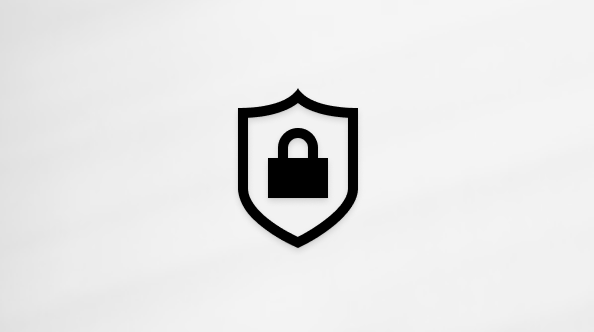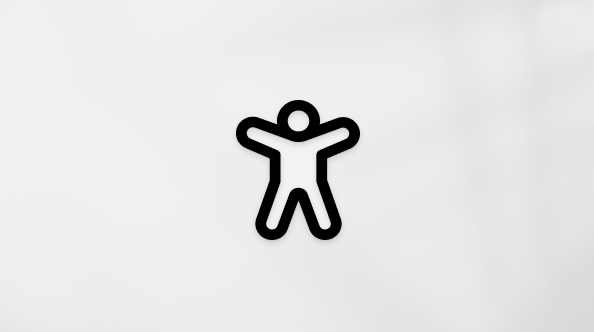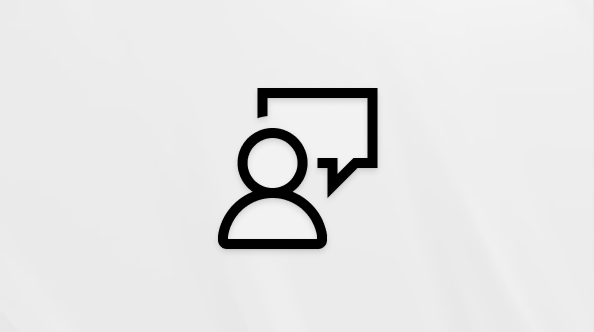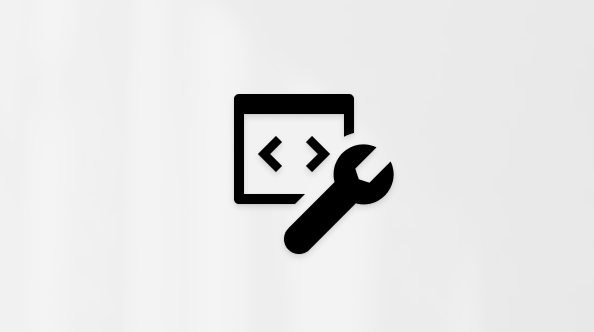Notification center is the place for notifications and quick access to settings you care about most. If you're not seeing what you want in notification center, here's how to make it work better for you.
Get more of what you want...
Notifications from your favorite apps and games. Install your favorite apps and games, then set up notifications for them. You can usually do this in an app's settings menu. Microsoft Store has oodles of apps, including social networking, messaging, news, and hit games.

High-priority notifications. Put notifications you care about most at the top of notification center, whether they're messaging notifications or alerts from a game you can't stop playing.
-
Top priority. Make your favorite app's notifications top priority, and you'll always see its new notifications at the top of notification center. Go to Settings > System > Notifications , under Notifications from apps and other senders select the app, and then under Priority of notifications in notification center select Top.
-
High priority. For important apps that didn't make top priority, give them VIP status and see their notifications above other, normal priority apps. Go to Settings > System > Notifications , under Notifications from apps and other senders select the app, and then under Priority of notifications in notification center select High.

Customized quick actions. In the quick actions panel, you'll see all available quick actions at the bottom. You can edit them to only display the quick actions you want to have there to reduce clutter. To learn how to add, remove, and rearrange quick actions, see "Add or remove quick actions" in Change notification and quick settings in Windows.
...and less of what you don't
Change any of the following settings at any time in Settings > System > Notifications . For app-specific settings, select the app under Notifications from apps and other senders.

-
Pesky pop-ups. Those notifications that pop up on your screen when a notification first arrives are called banners. Tired of seeing them for certain apps? Turn off Show notification banners and they'll skip your desktop and go directly to notification center.
-
Keep it quiet. To stop distractions, select the notification center in your taskbar, then select the Do not disturb button.

-
Notifications in notification center. If a notification banner pops onto your screen and you don't select it, it will go to notification center for you to review later. If you only want to see the pop-ups, turn off Show notifications in notification center.
-
Private notifications in public. Some notifications are for your eyes only. To keep them from showing on your lock screen when you're not logged in, turn off Show notifications on the lock screen.
-
Notifications from one app. If you're tired of seeing notifications from a particular app, turn them off. Under Notifications from apps and other senders, turn off the toggle next to the app. (You can always turn them back on if you miss them.)
If you ever decide you want complete solitude, you can turn off all notifications on your PC by simply setting Notifications to Off.
Action center is the place for notifications and quick access to settings you care about most. If you're not seeing what you want in action center, here's how to make it work better for you.
Get more of what you want...
Notifications from your favorite apps and games. Install your favorite apps and games, then set up notifications for them. You can usually do this in an app's settings menu. Microsoft Store has oodles of apps, including social networking, messaging, news, and hit games.

High-priority notifications. Put notifications you care about most at the top of action center, whether they're messaging notifications or alerts from a game you can't stop playing.
-
Top priority. Make your favorite app's notifications top priority, and you'll always see its new notifications at the top of action center. Go to Settings > System > Notifications & actions , under Get notifications from these senders select the app, and then under Priority of notifications in action center select Top.
-
High priority. For important apps that didn't make top priority, give them VIP status and see their notifications above other, normal priority apps. Go to Settings > System > Notifications & actions , under Get notifications from these senders select the app, and then under Priority of notifications in action center select High.

Customized quick actions. In the quick actions panel, you'll see all available quick actions at the bottom. You can edit them to only display the quick actions you want to have there to reduce clutter. To learn how to add, remove, and rearrange quick actions, see "Add or remove quick actions" in Change notification and quick settings in Windows.
...and less of what you don't
Change any of the following settings at any time in Settings > System > Notifications & actions . For app-specific settings, select the app under Get notifications from these senders.

-
Needy apps. Getting too many notifications from a particular app? Change Number of notifications visible in action center.
-
Pesky pop-ups. Those notifications that pop up on your screen when a notification first arrives are called banners. Tired of seeing them for certain apps? Turn off Show notification banners and they'll skip your desktop and go directly to action center.
-
Keep it quiet. To stop distractions, press and hold (or right-click) action center in your taskbar, then select Focus assist and decide whether you want Priority only notifications (those apps you have marked Top and High priority) or just Alarms only. Otherwise, this sends notifications, reminders, alarms, and VoIP calls directly to action center until you turn it off.
-
Notifications in action center. If a notification banner pops onto your screen and you don't select it, it will go to action center for you to review later. If you only want to see the pop-ups, turn off Show notifications in action center.
-
Private notifications in public. Some notifications are for your eyes only. To keep them from showing on your lock screen when you're not logged in, turn off Show notifications on the lock screen.
-
Notifications from one app. If you're tired of seeing notifications from a particular app, turn them off. Under Get notifications from these senders, turn off the toggle next to the app. (You can always turn them back on if you miss them.)
If you ever decide you want complete solitude, you can turn off all notifications on your PC by turning off Get notifications from apps and other senders.











